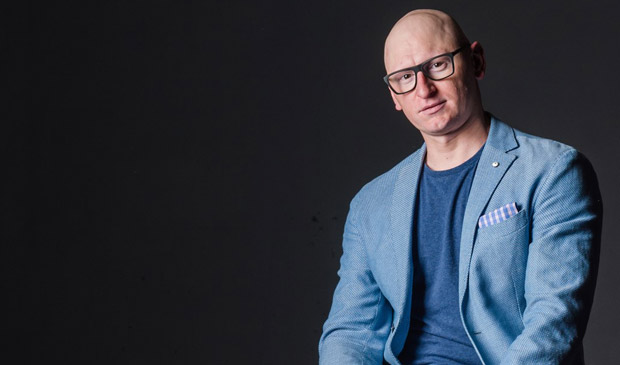
© Stephen ACourt. (Click image for larger version)
Francesco Ventriglia, artistic director of Royal New Zealand Ballet since November 2014, walks with the erect carriage of a dancer. He is tall and his presence is imposing. But he also exudes a certain southern Italian warmth and charm, and he talks nineteen to the dozen.
‘I was born in Salerno, on the Amalfi Coast,’ he says. ‘I come from a very traditional Italian family. There was a big table, lots of food, and lots of talking. I was the youngest of four children and came late in my parents’ marriage. So I was the prince in the family. Everyone looked after me. Our house was right on the beach and I spent a lot of time there with my cousins. I remember too being an altar boy at the local church. It was a very free and happy childhood.’
But his life was turned upside down when he was sent away from home to be treated for a skin disorder and was confined to a children’s hospital for six months. But even now, some thirty years later, he has vivid memories of the performer who came every day to entertain the children. He had seen some ballet on television back in Salerno but fell in love in that hospital with the idea of moving to music. He knew that that was what he wanted to do in his life.

Part of the RNZB Speed of Light bill.
© Maarten Holl. (Click image for larger version)
It wasn’t easy, however, to convince his parents that he wanted to have dance lessons—it was what he asked for as his homecoming present. But eventually they relented and, with no ballet schools in Salerno or nearby, he was sent to study dance in Rome. Then, aged eleven, he was offered at scholarship to enter La Scala Theatre Ballet School in Milan, which eventually led to a place in the La Scala ballet company.
He laughs when I ask him what kind of dancer he was. ‘I was a very lyrical, romantic boy,’ he says. ‘But I always played the bad guy and I kept wondering why I wasn’t cast as the prince. Then one day my artistic director was brave enough to tell me why. He told me it was because I had a strong face and no one could see me as a prince. So then I began to focus on making my dancing strong and I was happy to move along this pathway. I was happy to be cast as Tybalt, Hilarion, Quasimodo. La Scala was where I started to express who I was. It was a turning point in my career.’
At La Scala he worked with some of Europe’s top choreographers. He mentions Kylian, Neumeier, Bejart, Preljocaj, Forsythe, and relishes memories of the way each had something to offer that was unique. He recalls that Neumeier encouraged dancers to ‘dive into roles’, and he enjoyed the way Kylian talked to the dancers. And then there was the time he danced Hilarion to Sylvie Guillem’s Giselle in Guillem’s own production of the ballet.
‘Working with Sylvie was a great moment in my life. I was 22. This legend arrived in the theatre and all of us wanted to be cast. She took no notice of the hierarchical system that existed in La Scala and made her own casting decisions. I was still in the corps de ballet when I was cast as Hilarion. Everyone adored her and she pushed us in a way we had not been used to. She focused on the acting and on discovering the relationships between the characters. I was cast by her again in Manon and in Bejart’s Rite of Spring when she came back to work at La Scala. Later, when I was directing a small company, MaggioDanza in Florence, I invited her to dance in William Forsythe’s Steptext with three of my dancers.’
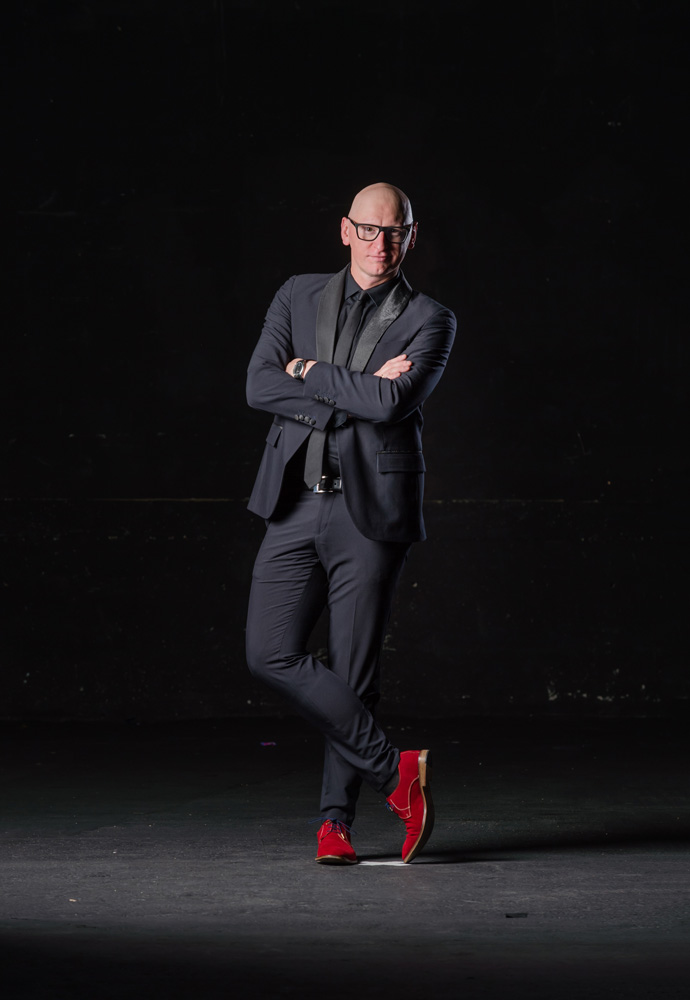
© Stephen ACourt. (Click image for larger version)
While a dancer at La Scala, Ventriglia had begun to test his hand at choreography and eventually moved into directing MaggioDanza after his Immemoria, created on 40 dancers from La Scala and danced to Shostakovitch’s Seventh Symphony, was a major success for him. He directed MaggioDanza for three years and commissioned works from a range of choreographers.
‘I found I was happy looking after and helping my dancers. I felt a new energy and I thought that directing was what I wanted to do. I wanted to help my dancers, give them opportunities to experience working with choreographers, just as I had had at La Scala. I had a new passion.’
When MaggioDanza was forced to fold in 2013, Ventriglia renewed his connections with the Bolshoi Ballet, where he had created Zakharova Super Game in 2009 for Svetlana Zakharova and six other Bolshoi principals. But his freelance career didn’t last long. The opportunity came up for him to apply for the position of artistic director of Royal New Zealand Ballet, to take over from Ethan Stiefel who was not renewing his contract after three years at the helm of the company. Selecting the new director was a drawn-out process but once the decision had been made and Ventriglia had been chosen from an initial field of 70, he was in Wellington within two months of the appointment. ‘My life completely changed,’ he says. And then he adds: ‘In a good way, of course.’ He admits though that when he was appointed he knew very little about New Zealand other than it was a scenically beautiful country. But he has been making up for that and has spent time at Te Papa (Museum of New Zealand Te Papa Tongarewa) immersing himself in the country’s history and its Maori culture.
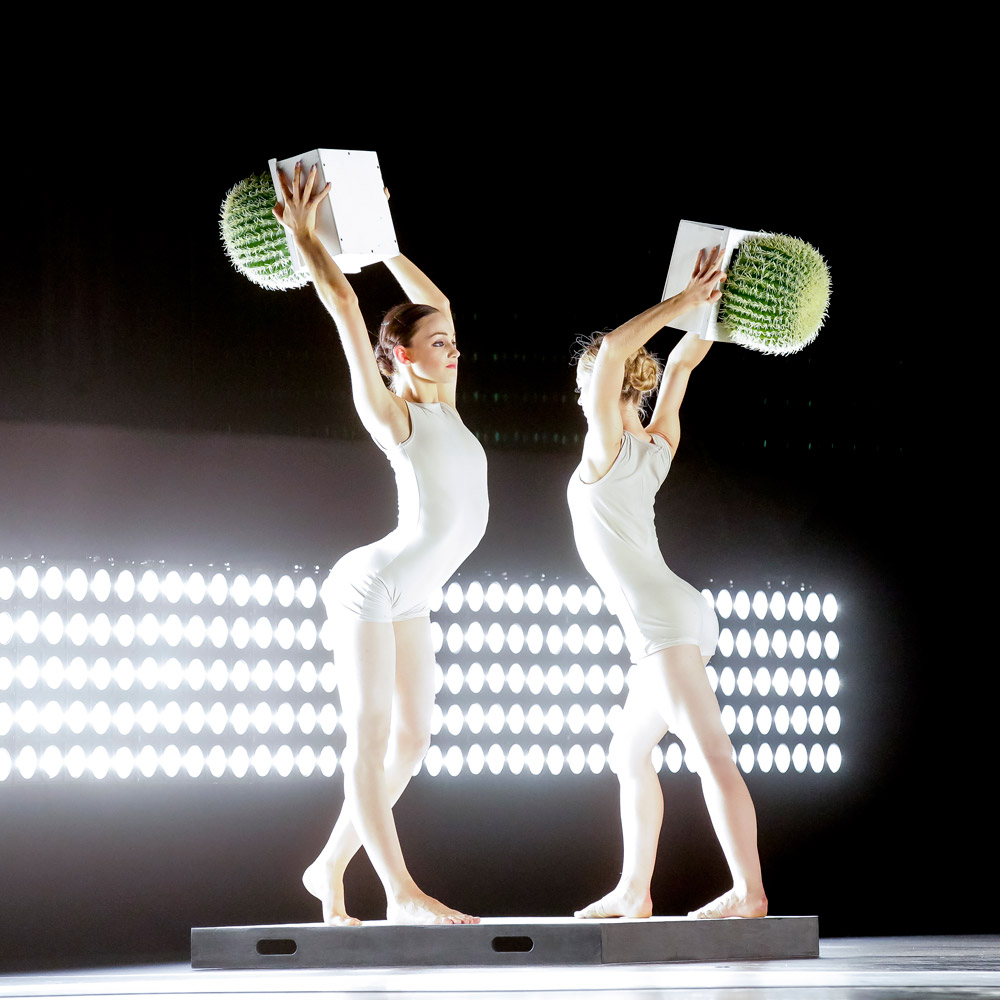
Part of the RNZB Speed of Light bill.
© Maarten Holl. (Click image for larger version)
‘I had big dreams from day one,’ he explains. ‘I want to grow the company, which has 34 dancers at the moment. This is a national ballet company so I would like to make it big enough to be able to deliver the best ballet in the world. Then, I want to grow the repertoire. There is such scope to bring in new things. I want to give New Zealand audiences the chance to see choreography from around the world. I want to build an imaginary bridge between New Zealand and the rest of the world. And at the same time I want to nurture New Zealand choreographers and New Zealand creations and productions. I want to export the New Zealand flag. It’s very challenging and very inspiring. I want a new status for the company. That’s my dream!’
We finish our conversation with a discussion of his 2017 repertoire. But that’s embargoed until October! I nevertheless get the feeling that Ventriglia is in this job for the long haul.









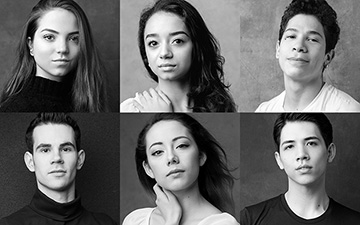
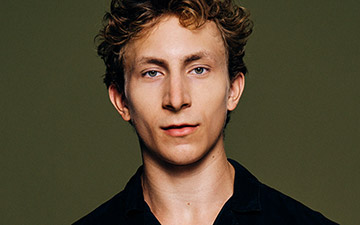

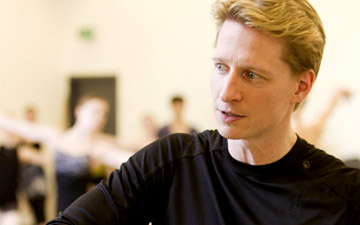
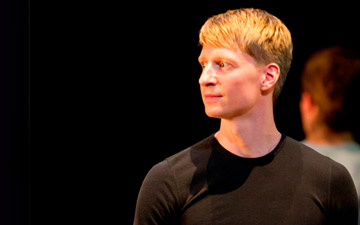
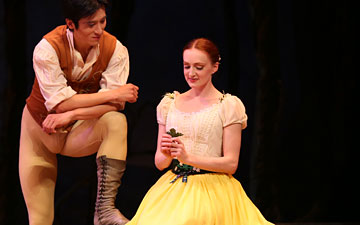
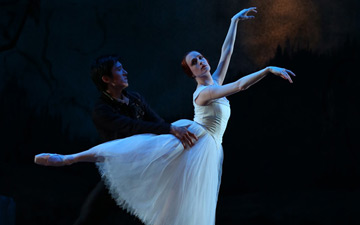
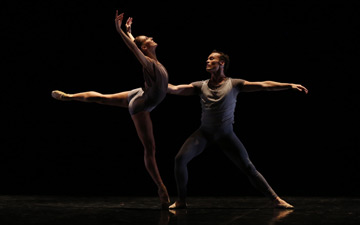
You must be logged in to post a comment.